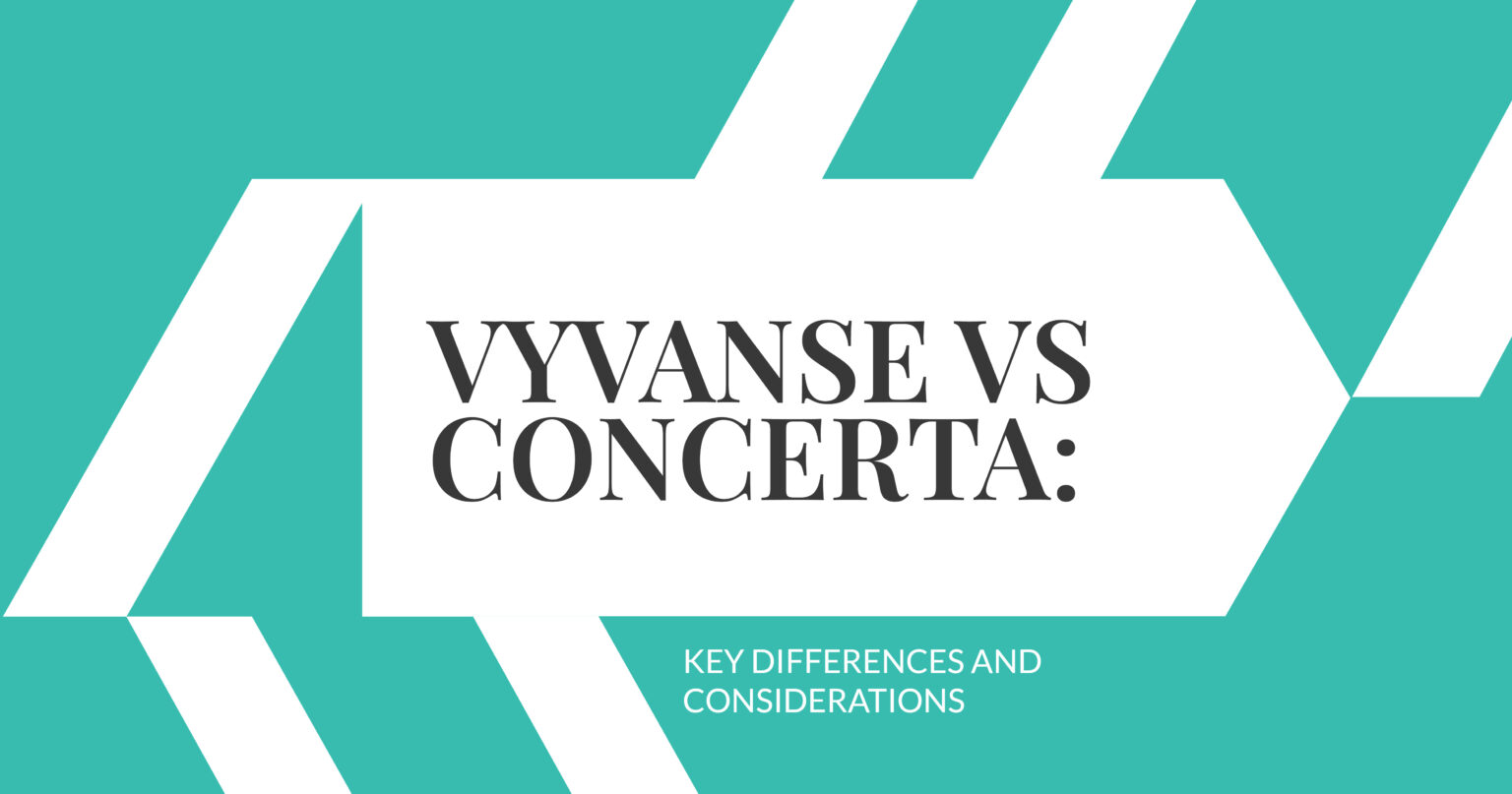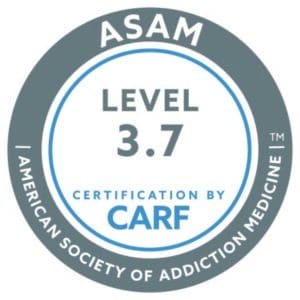Magic mushrooms, commonly known as “shrooms,” have captivated cultures around the globe for generations, offering a profound and often transformative psychedelic journey. For those exploring the world of psychedelics—whether you’re a curious newcomer or a seasoned explorer—understanding the timeline of a shroom trip is crucial for safety, preparation, and maximizing the experience. This comprehensive guide answers the essential question: How long do shrooms last? We’ll explore the timeline of effects, factors that influence trip duration, safety tips, and more to help you make informed decisions on your psychedelic adventure.
What Are Magic Mushrooms?
Magic mushrooms are a diverse group of fungi that naturally contain the psychoactive compound psilocybin. When ingested, psilocybin produces vivid changes in perception, mood, and cognition. Over 200 species of mushrooms contain psilocybin, with Psilocybe cubensis being one of the most well-known and widely used. These mushrooms have played significant roles in spiritual, religious, and medicinal practices for centuries, particularly in indigenous cultures of Central and South America.
In modern times, people turn to magic mushrooms for various reasons: from recreational exploration and spiritual growth to creative inspiration and personal insight. Increasingly, scientific research has begun to examine the potential therapeutic benefits of psilocybin, especially in mental health settings, leading to renewed interest and ongoing debates around its legalization and medical use. For more on the science and history of psychedelics, visit the National Institutes of Health.
How Does Psilocybin Work in the Brain?
When consumed, psilocybin is rapidly converted in the body into psilocin, the active compound responsible for its psychedelic effects. Psilocin interacts with serotonin receptors in the brain, particularly the 5-HT2A receptor, which plays a key role in regulating mood, perception, and cognition. This interaction results in a temporary rewiring of brain activity, leading to:
- Intense visual and auditory hallucinations
- Altered sense of time and reality
- Profound emotional shifts
- Deep introspection and spiritual experiences
- Feelings of euphoria or, occasionally, anxiety
- Physical sensations such as nausea or muscle relaxation
Research published by Johns Hopkins Medicine suggests that psilocybin has promising therapeutic potential for treating depression, anxiety, PTSD, and addiction. However, it’s important to note that psilocybin is still classified as a Schedule I controlled substance in the United States, making its possession and use illegal at the federal level.
How Long Does It Take for Shrooms to Kick In?
The onset of a shroom trip—when you first begin to notice the effects—typically occurs within 20 to 40 minutes after ingestion. However, the timing can vary based on individual physiology and the method of consumption. For example, consuming shrooms as a tea or in powdered form may lead to faster absorption and quicker onset compared to eating whole dried mushrooms. Additionally, consuming mushrooms on an empty stomach can accelerate the effects, while a full stomach may delay them.
Here’s a quick overview of how the method of ingestion influences onset time:
| Method of Consumption | Approximate Onset Time |
|---|---|
| Chewing raw/dried mushrooms | 30-60 minutes |
| Shroom tea | 15-30 minutes |
| Shroom capsules/powder | 20-40 minutes |
| Edibles (chocolates, gummies) | 45-90 minutes |
Understanding how quickly the effects begin is essential for planning your environment and ensuring you are in a safe, comfortable setting as the journey unfolds.
How Long Do Shrooms Last? Understanding the Trip Timeline
The duration of a magic mushroom trip can vary significantly, but most users experience effects lasting between four and six hours from onset to return to baseline. Some individuals may feel residual effects, such as increased introspection or mild fatigue, for several hours or even days after the primary experience has ended.
Below is a detailed breakdown of the typical phases of a shroom trip:
1. Onset (20-40 Minutes After Consumption)
The onset marks the beginning of the psychedelic journey. During this phase, users may experience subtle changes in perception, such as heightened colors, increased sensitivity to light and sound, mild euphoria, or anxiety. Physical symptoms like yawning, nausea, or slight dizziness are common as the body adjusts to psilocybin.
2. Peak (1-3 Hours After Onset)
The peak is the most intense part of the shroom experience, usually occurring between one to three hours after onset. During this phase, visual and auditory hallucinations become more pronounced, thoughts may take on profound or spiritual significance, and the sense of time can become distorted. Many users report feelings of interconnectedness with nature or the universe, and some experience deep emotional catharsis.
3. Come-Down (1-3 Hours After Peak)
As the effects of psilocybin begin to subside, users enter the come-down phase. This period is characterized by a gradual return to normal perception and thought patterns. While some may feel tired or emotionally drained, others report a lingering sense of well-being or contentment. It’s common to experience mild after-effects such as headache, lack of appetite, or insomnia.
4. Afterglow (Hours to Days Post-Trip)
Many individuals experience an “afterglow” following a shroom trip—a period of enhanced mood, creativity, and self-awareness that can last for several hours or even days. This phase is often cited as one of the most rewarding aspects of the psychedelic experience, providing lasting insights and emotional relief. For further reading on the psychological after-effects of psychedelics, check out this Psychology Today article.
Factors That Affect the Duration of a Shroom Trip
While the typical magic mushroom trip lasts four to six hours, several key factors can influence both the onset and duration of effects:
1. Dosage
The amount of psilocybin consumed is the most significant determinant of trip length and intensity. Small doses (microdosing) may produce subtle effects for a short period, while larger doses can extend the trip and amplify its potency. Here’s a reference table for common dosage ranges:
| Dosage (Psilocybe cubensis) | Effects | Duration |
|---|---|---|
| 0.1 – 0.5 grams (Microdose) | Mild mood enhancement, increased focus | 1-2 hours |
| 1 – 2 grams (Low/Standard Dose) | Noticeable perceptual changes, mild visuals | 4-6 hours |
| 2.5 – 5 grams (Moderate/High Dose) | Strong visuals, profound insights, possible ego dissolution | 6-8 hours |
| 5+ grams (Heroic Dose) | Intense hallucinations, deep spiritual experiences | 8-12 hours |
2. Method of Consumption
How you consume magic mushrooms impacts both how quickly you feel the effects and how long they last. Drinking shroom tea or consuming powdered mushrooms typically leads to a faster, more intense onset but may slightly shorten the duration. Eating whole dried mushrooms often results in a slower onset and a longer, steadier trip.
3. Mushroom Species and Potency
Not all magic mushrooms are created equal. Species such as Psilocybe azurescens or Psilocybe cyanescens are known for their high psilocybin content and can produce longer, more powerful trips compared to the more common Psilocybe cubensis. Always research the specific species and potency before consumption.
4. Individual Physiology
Body weight, metabolism, and genetic factors all play a role in how your body processes psilocybin. Individuals with faster metabolisms may experience a shorter, more intense trip, while those with slower metabolisms might have a longer-lasting experience. Personal sensitivity to psychedelics and previous experience also influence how long shrooms last for each user.
5. Tolerance and Frequency of Use
Regular users of magic mushrooms often develop a tolerance to psilocybin, requiring higher doses to achieve the same effects. Taking shrooms multiple times within a short period will likely diminish both the intensity and duration of the trip. It is generally recommended to wait at least two weeks between experiences to allow tolerance levels to reset.
What Are the Long-Term Effects of Magic Mushrooms?
While the acute effects of psilocybin are temporary, some users report lasting changes in perspective, mood, and creativity. Scientific studies indicate that, when used responsibly, psilocybin does not cause physical dependence or withdrawal symptoms. In fact, many users experience reduced anxiety, improved mood, and enhanced problem-solving abilities after their psychedelic experiences.
Potential long-term benefits of shroom use include:
- Reduced symptoms of depression and anxiety
- Greater emotional openness
- Increased empathy and connectedness
- Lasting spiritual or existential insights
However, it’s important to acknowledge that negative long-term effects can occur, particularly in individuals with a personal or family history of mental health conditions. In rare cases, some people may experience persistent changes in perception (hallucinogen-persisting perception disorder, or HPPD) or exacerbation of underlying psychiatric issues. If you have concerns about mental health risks, consult a healthcare provider before considering psychedelic use.
Tips for a Safe and Enjoyable Shroom Trip
Ensuring a positive and safe psychedelic experience requires preparation and mindfulness. Here are some expert-recommended tips:
- Choose the Right Dosage: Start with a low or moderate dose, especially if you are new to psychedelics. Gradually increase only after gaining experience and understanding your personal sensitivity.
- Select a Comfortable, Safe Environment: The setting in which you take shrooms greatly influences your experience. Opt for a familiar, peaceful space with minimal distractions. Many people prefer being in nature or a cozy home environment.
- Have a Sober Trip-Sitter: A trusted, sober friend can provide reassurance, guidance, and assistance if needed, especially during challenging moments of the trip.
- Stay Hydrated and Nourished: Drink water before, during, and after the experience. Avoid mixing shrooms with alcohol or other substances, as this can increase risks.
- Trust Your Instincts and Listen to Your Body: Every trip is unique. Pay attention to how you feel, and don’t hesitate to stop or seek support if the experience becomes overwhelming.
Why Choose Opus Treatment for Psychedelic Support?
At Opus Treatment, we understand the complexities and transformative power of psychedelic experiences. Our compassionate team provides comprehensive support, education, and guidance for individuals seeking to integrate psychedelic journeys into their mental health and personal growth journeys. Whether you’re considering psilocybin for therapeutic reasons or want help with safe practices, Opus Treatment offers a safe, stigma-free environment for healing and transformation. Explore how we can help you navigate your path toward well-being and self-discovery.
Frequently Asked Questions About Shroom Duration and Effects
How long does a typical shroom trip last?
Most magic mushroom trips last between four and six hours from the initial onset to the return to baseline. However, higher doses or potent species can extend the trip to eight hours or more, and subtle after-effects may linger for up to 24 hours. Individual factors such as metabolism and tolerance also play a role in the total duration.
What is the best way to minimize the risk of a bad trip?
To reduce the risk of a negative or overwhelming experience, it’s important to start with a low dose, ensure you’re in a safe and comfortable environment, and have a sober trip-sitter present. Preparation, including setting intentions and researching the effects of psilocybin, can also help foster a positive mindset and outcome. For additional safety information, consult the guidelines provided by Multidisciplinary Association for Psychedelic Studies (MAPS).
Can magic mushrooms show up on a drug test?
Standard drug tests do not typically screen for psilocybin or psilocin. Specialized tests exist but are rarely used outside of certain forensic or legal situations. The body metabolizes psilocybin relatively quickly, and it is usually undetectable in urine after 24 hours.
Are there any interactions between shrooms and medications?
Psilocybin can interact with certain psychiatric medications, especially antidepressants, antipsychotics, and monoamine oxidase inhibitors (MAOIs). These interactions can alter the effects of both the mushrooms and the medication, sometimes resulting in unexpected or adverse reactions. Always consult with a medical professional before combining psychedelics with prescription drugs.
What should I do if I feel anxious or overwhelmed during a shroom trip?
If you experience anxiety or distress during a magic mushroom trip, try changing your environment—move to a quieter, more comfortable space, listen to calming music, or talk to your trip-sitter. Remind yourself that the effects are temporary and will subside. Deep breathing and mindfulness techniques can also help you regain a sense of control. If anxiety persists or becomes severe, seek professional support.









